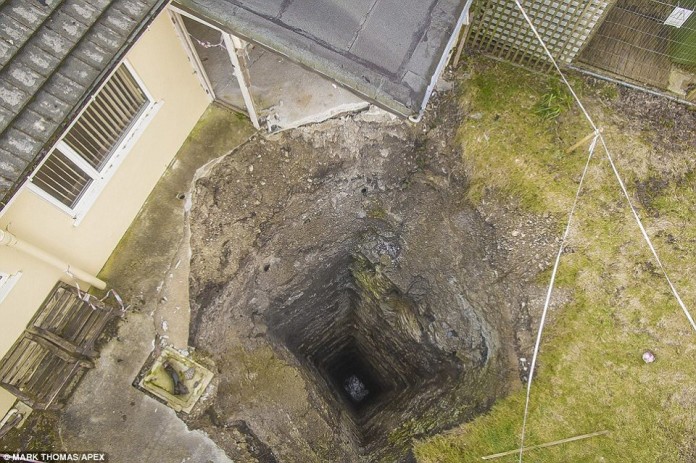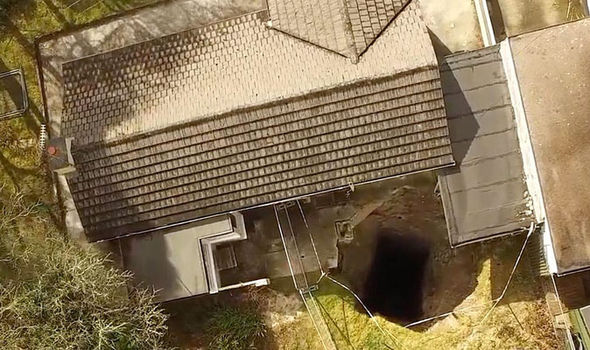
Sinking To ‘Old’ New Depths
10/05/2016 - posted in Geoenvironmental, HBPW News, Inspections, Value EngineeringDevelopers working in former mining areas should seriously consider Coal Mining Risk Assessments before they even break ground , if they are to avoid the risk of huge sinkholes appearing on their development sites.
That is the stark warning from HBPW geoenvironmental engineer, Jay Fox, just weeks after a huge 90m deep shaft opened up in the garden of a house in Cornwall.
Locals knew there had been a lot of mining in the area and experts drilled down in the patio only to have the huge hole appear before their eyes.
“That is a perfect example of what can happen,” said Jay “so it is imperative that people make stringent checks when engaging in the buying / selling process. Coal mining, and other extractive industries such as tin mining, have been important industries for hundreds of years but records of mining works are often incomplete or non-existent . It only became a legal requirement to keep them from the late 1800’s.
“Large areas of the country, in former mining areas, are called ‘development high risk areas’ because the potential for mining related ground hazards is high, and developments on land affected by mining may be at risk from contamination, subsidence and hazardous ground gasses, so any developer working in such an area should seek to mitigate such risk by completing a specialist study called a Coal Mining Risk Assessment (CMRA).”
The purpose of a CMRA is to review information on historical mining activities, their potential impact on ground instability, and any risk that could affect a development. The report should then set out a strategy for the investigation, mitigation and remediation of those risks to ensure that the site can be safely developed for its intended end-use.

“Was such a report done in Cornwall? It is difficult to know, however, one would hope that if it had been, then the potentially devastating mine workings might have been identified in advance of any development, collapse, or possible injury and appropriate action taken,” added Jay.
HBPW has had extensive experience of producing CMRA reports throughout the UK in accordance with guidelines prepared by the Coal Authority and the soon to be updated CIRIA Special Publication 32 relating to ‘Construction above Abandoned Mine Workings’.
“Once the review of a site’s history is known, and that includes its geology and coal mining report and abandonment plan, as well as a review of any records held by The Coal Authority, we can use data to design a strategy for further investigation which, typically, might comprise of a phased programme of rotary, probe and/or core drilling.
“Such studies can often demonstrate that the costs of mitigating mining risks make any proposed development not cost effective, but better to find out at the outset thaN to buy land that costs more to develop than any profit to be made!
“Where there is a positive way forward, subsequent treatment schemes may involve the capping and stabilising of mine shafts, grouting old workings together with gas control and mitigation. HBPW provides a supervision and validation service to ensure that grouting works are completed and reported to the satisfaction of all stakeholders.”
